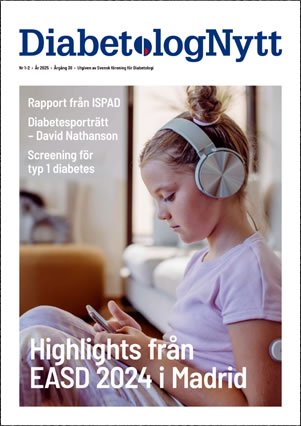Eating more fruit, particularly apples, grapes, and blueberries, meant lower type 2 diabetes risk, according to findings from a longitudinal observational study.
Each additional three servings per week of whole fruit was associated with a significant 2% lower odds of type 2 diabetes incidence after adjustment for other dietary, lifestyle, and personal risk factors, Qi Sun, MD, ScD, of Harvard School of Public Health and Brigham and Women’s Hospital in Boston, and colleagues found.
The advantage was greatest with blueberries, at 26% lower odds per three servings a week, the researchers reported online in BMJ.
http://www.bmj.com/content/347/bmj.f5001
But the same amount of fruit juice correlated with a significant 8% elevated risk of developing diabetes, while those servings of cantaloupe were linked with 10% higher risk.
The substantial variation among individual fruit may be because of differences in fiber content, antioxidants, or phytochemicals, Sun’s group suggested, though the study indicated glycemic index wasn’t a major factor.
The findings support guideline recommendations to eat more whole fruit for diabetes prevention and may help explain the mixed results in prior studies that didn’t look at fruits separately, they suggested.
While a causal link is yet to be proven, the study fits what clinicians already tell patients about the importance of a healthy diet, agreed Christopher Adams, MD, PhD, an endocrinologist at the University of Iowa in Iowa City.
”There is little downside to eating more apples, blueberries, and grapes, especially if they are being substituted for unhealthy foods,” he said in an email to MedPage Today, ”and there may be real benefits.”
His group’s animal model research has shown that a substance in the waxy skins of apples, grapes, and other fruit can protect mice from diet-induced glucose intolerance.
Sun’s analysis included 66,105 women from the Nurses’ Health Study, another 85,104 from the Nurses’ Health Study II, and 36,173 men from the Health Professionals Follow-up Study. Every 4 years, questionnaires collected data on how often they ate various foods and on their diabetes status, among other measures.
While all participants were free of major chronic diseases at baseline, 6.5% developed diabetes during follow-up.
Adjusted hazard ratios pooled across the three studies for diabetes risk per three whole fruit servings per week were:
- 0.74 for blueberries (95% confidence interval 0.66-0.83)
- 0.88 for grapes and raisins (95% CI 0.83-0.93)
- 0.93 for apples and pears (95% CI 0.90-0.96)
- 0.95 for bananas (95% CI 0.91-0.98)
- 0.95 for grapefruit (95% CI 0.91-0.99)
- 1.10 for cantaloupe (95% CI 1.02-1.18)
Diabetes risk was neutral for peaches, plums, apricots, prunes, oranges, and strawberries.
Switching out fruit juice for whole fruit for those three servings per week had an even greater impact in the pooled results, at 7% lower risk overall for any whole fruit and as much as 33% lower risk for blueberries.
The impact of eating three servings of peaches, plums, apricots, prunes, and oranges became significant compared with the same amount of fruit juice per week.
Further adjustment for different types of flavonoids didn’t have much impact on the associations with individual fruits.
Limitations were use of self-reported consumption that inevitably misclassified some intake, as well as lack of adjustment for multiple comparisons, possibility of recall bias and residual confounding, and the white healthcare professional populations studied.
From www.medpagetoday.com
Nyhetsinfo
www red DiabetologNytt
The study was funded by research grants from the National Institutes of Health.
The researchers reported having no conflicts of interest to disclose.





